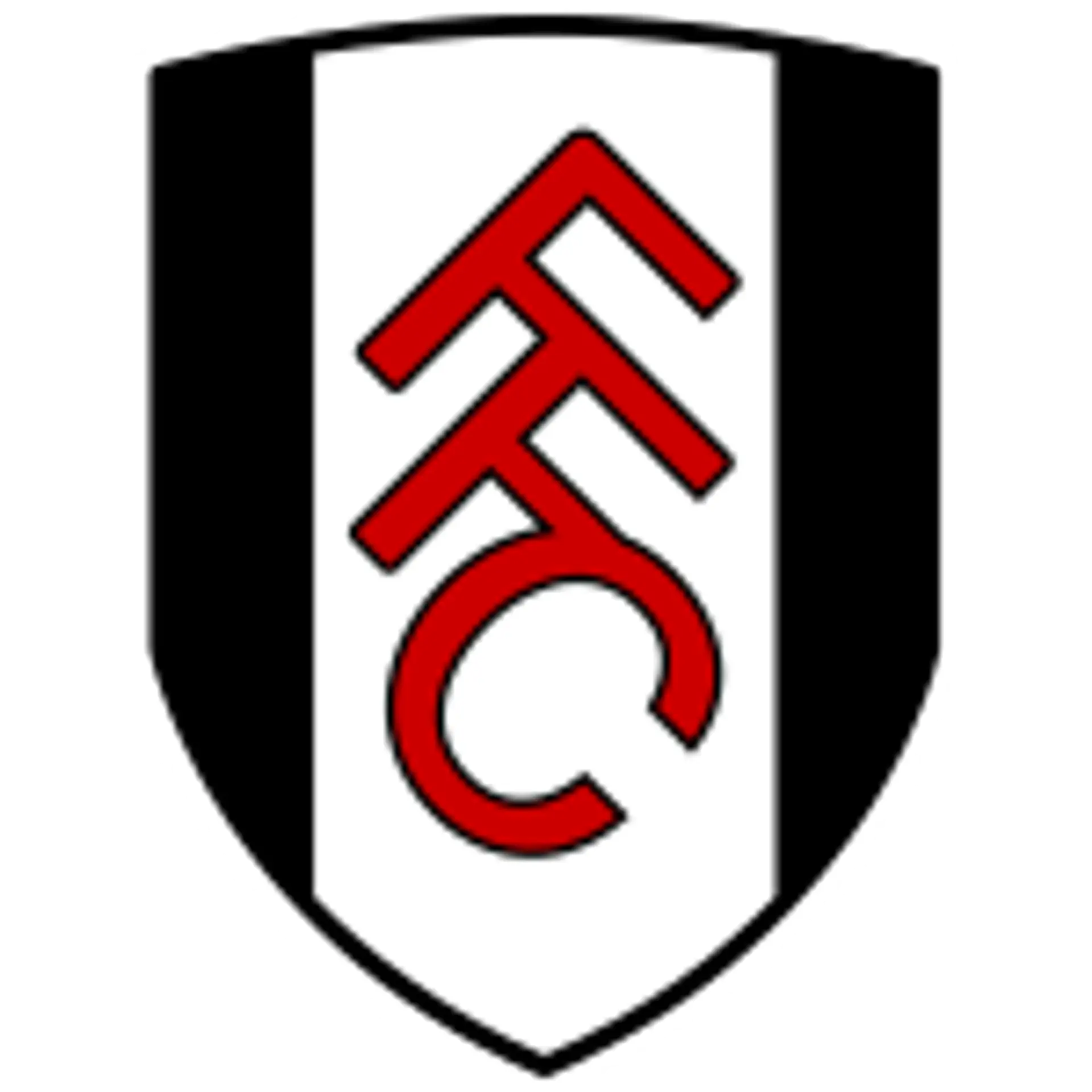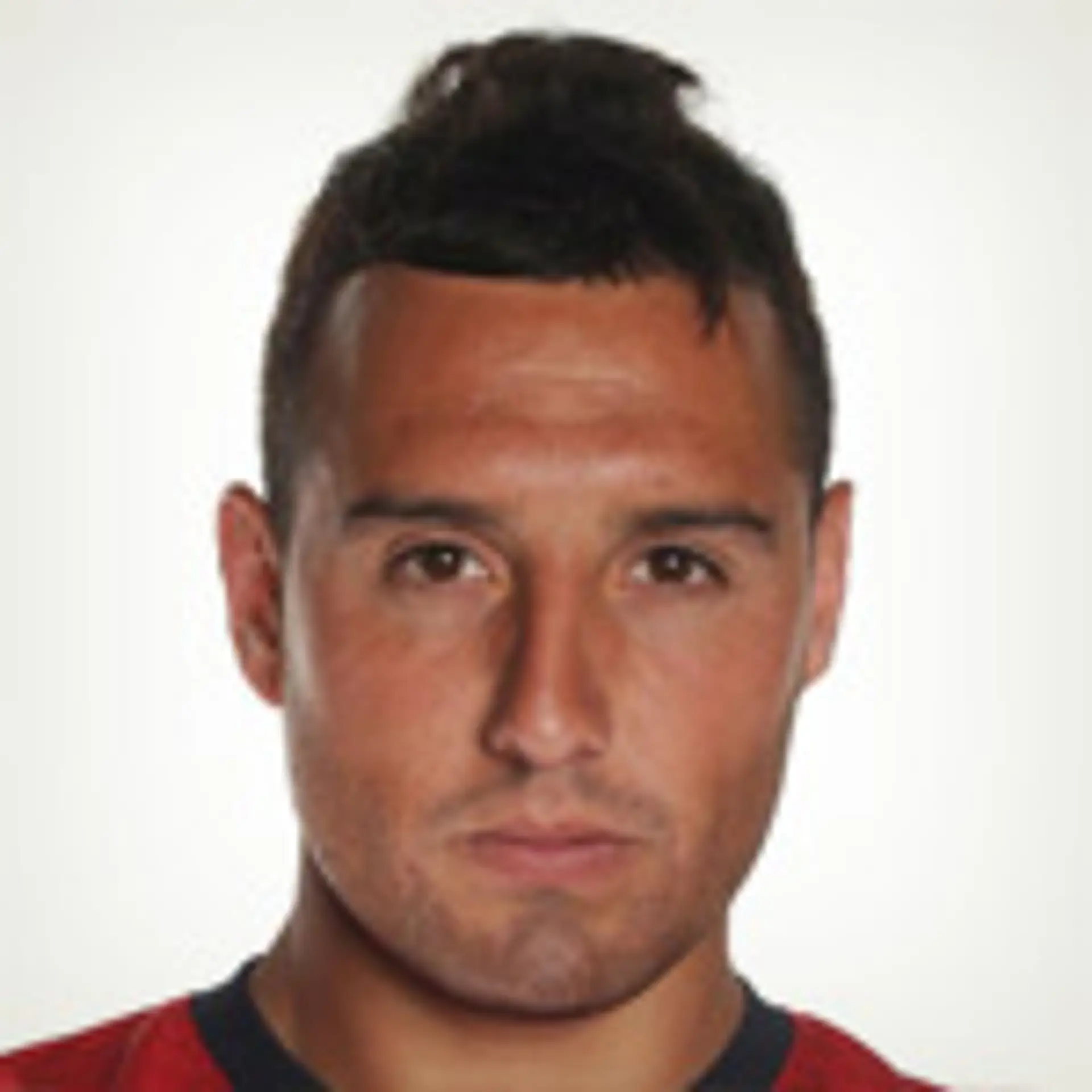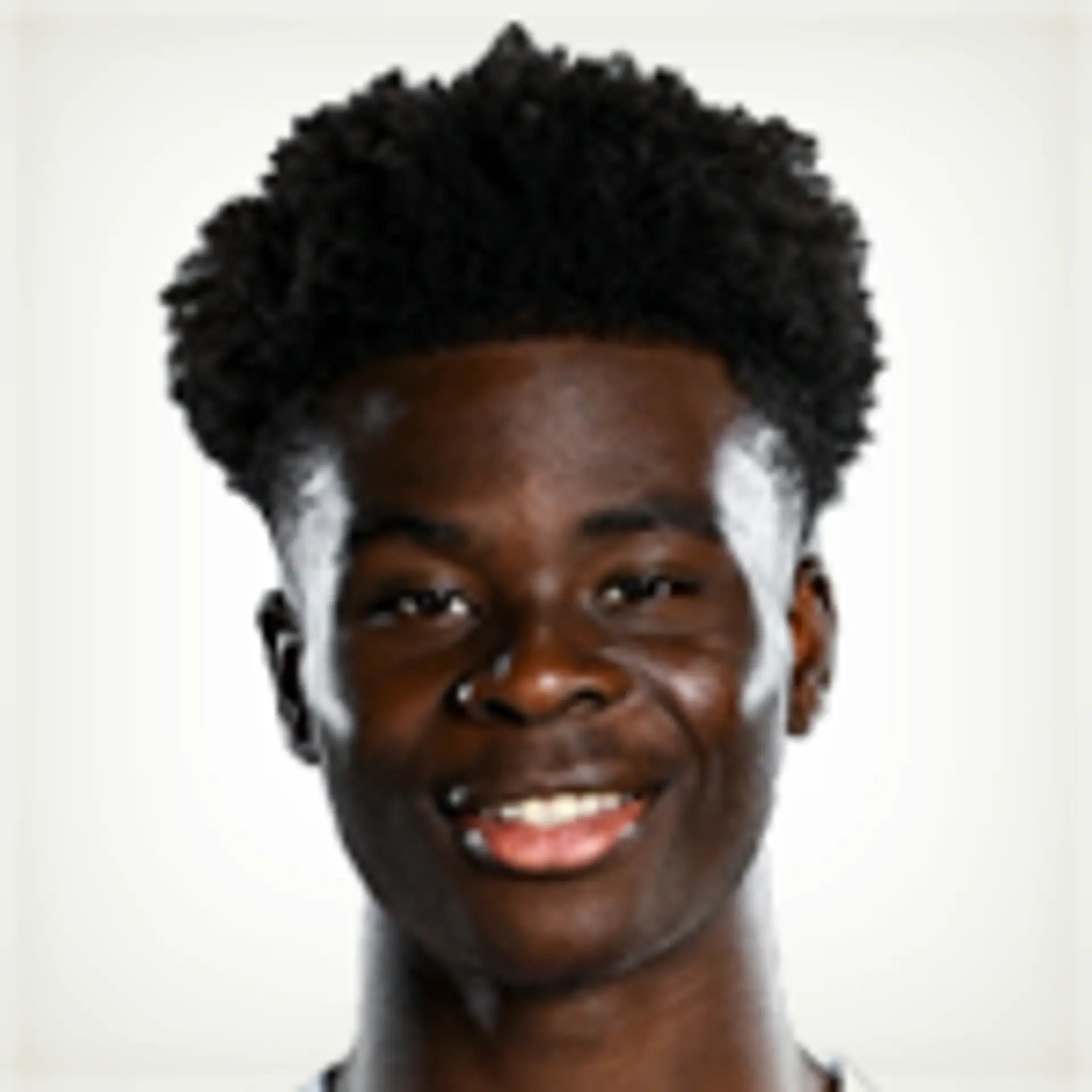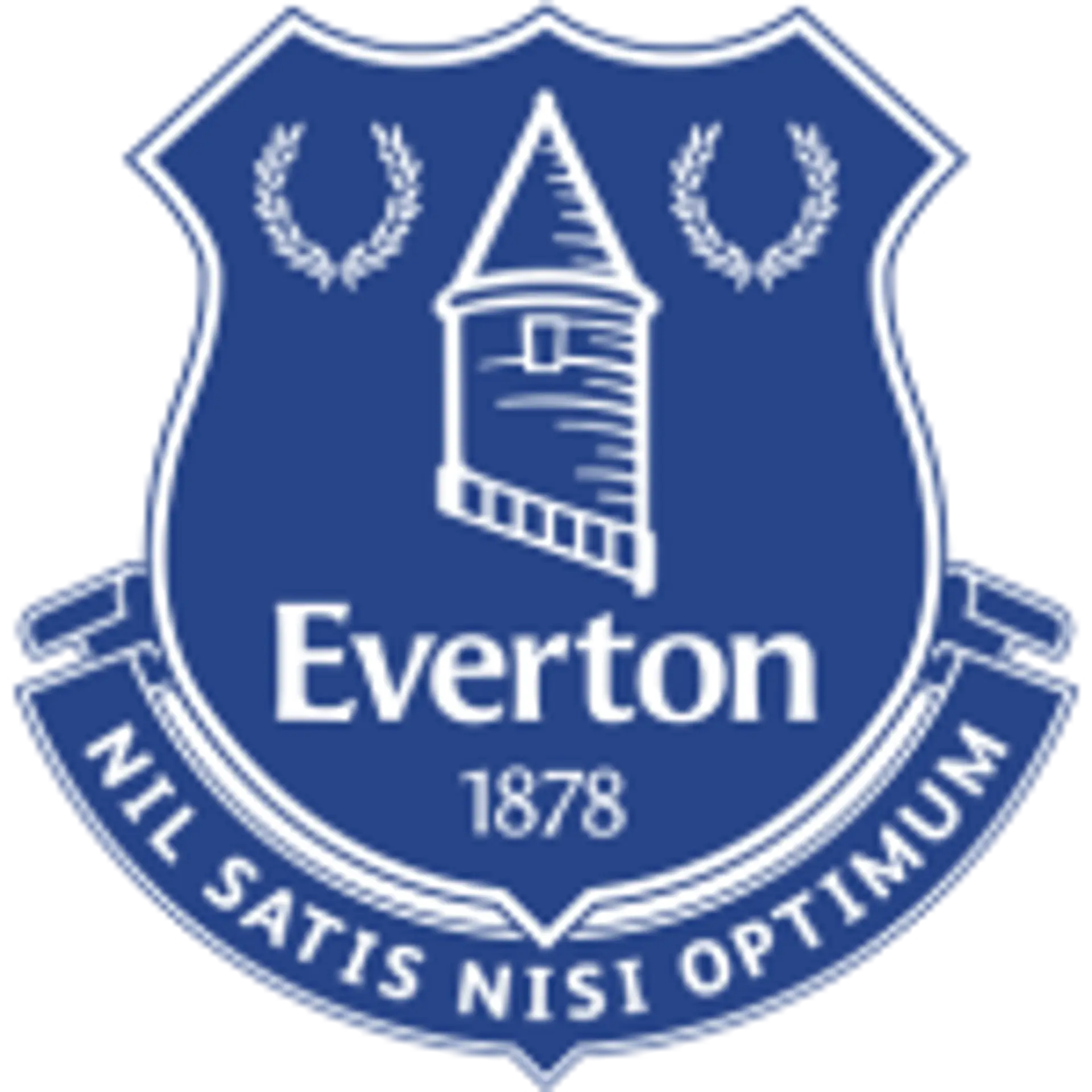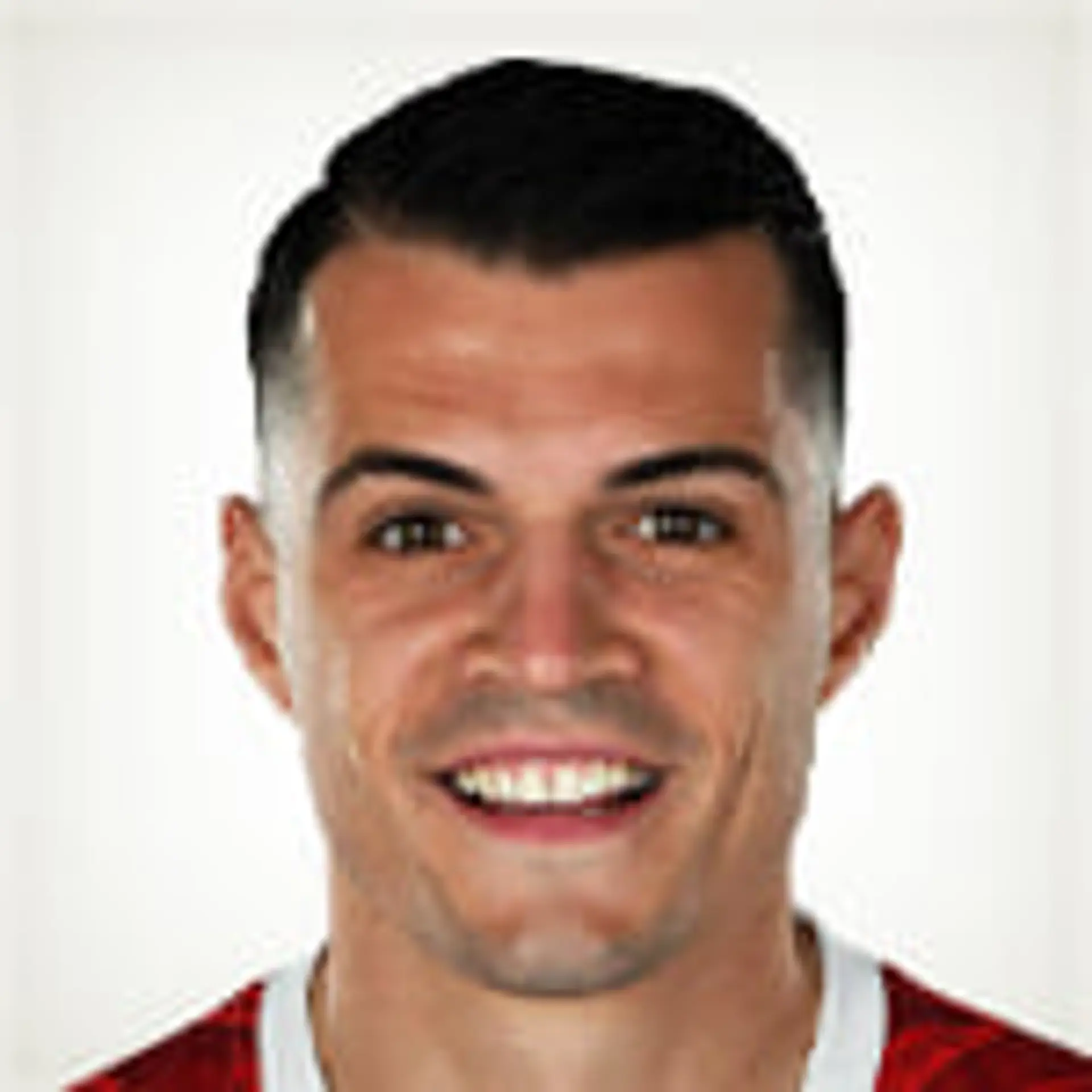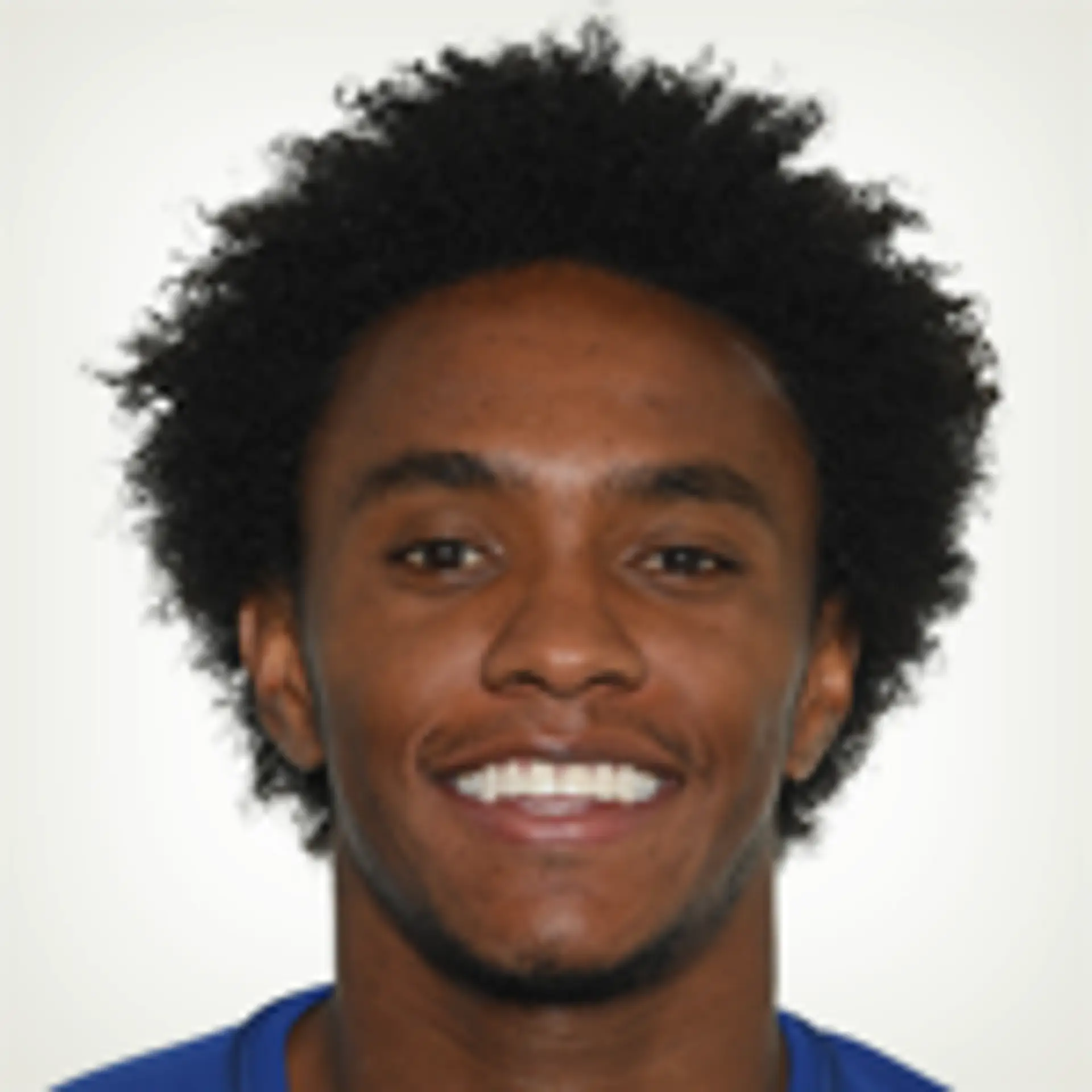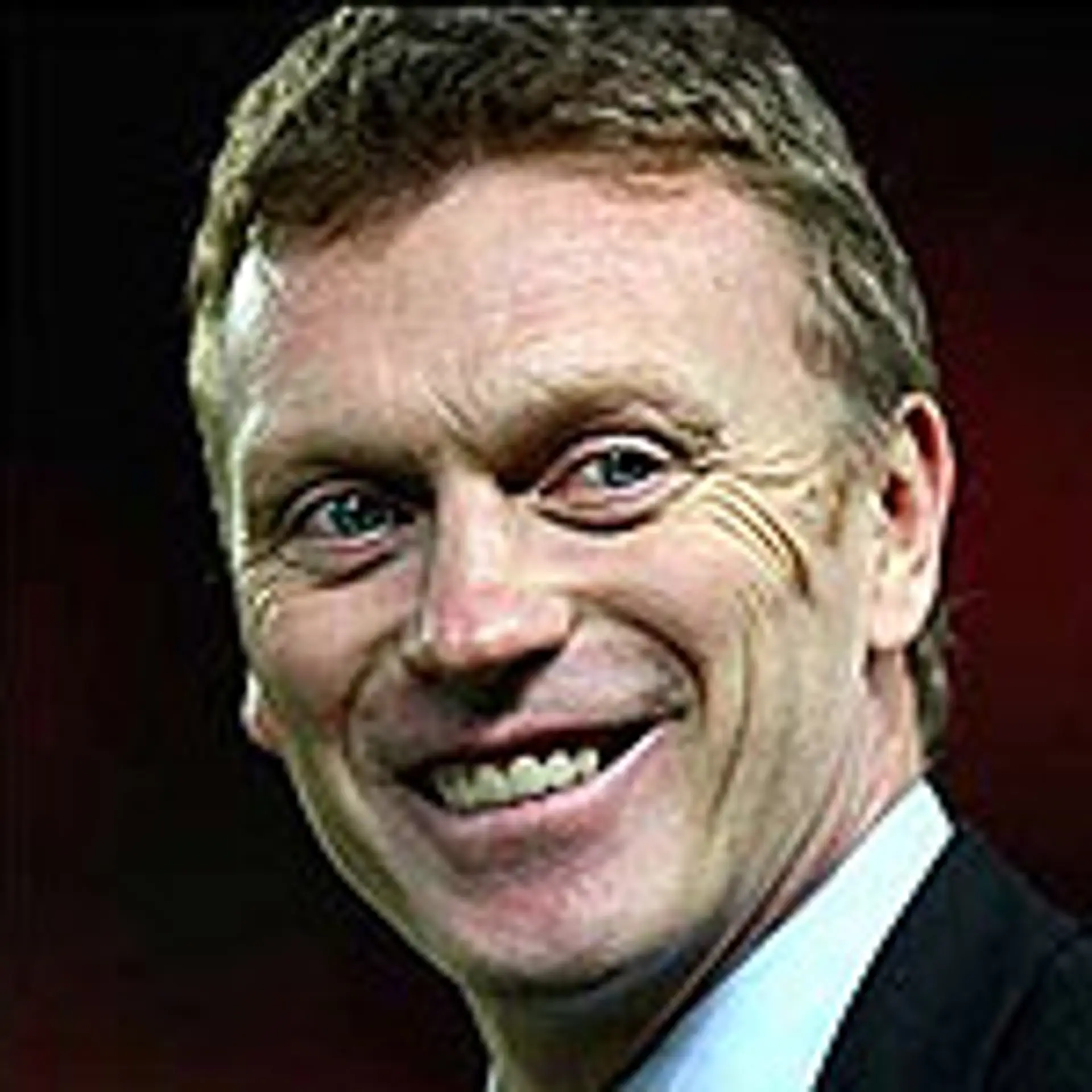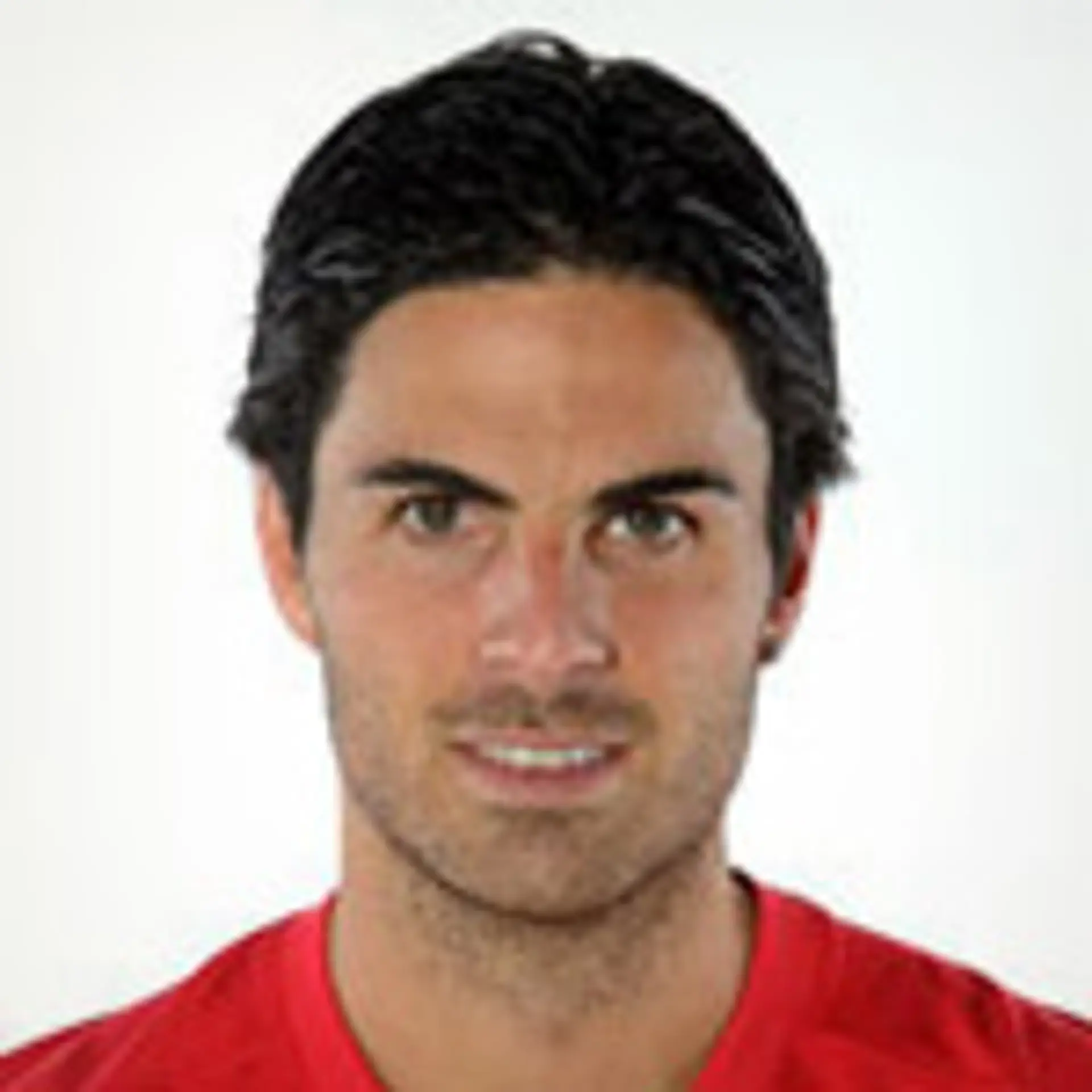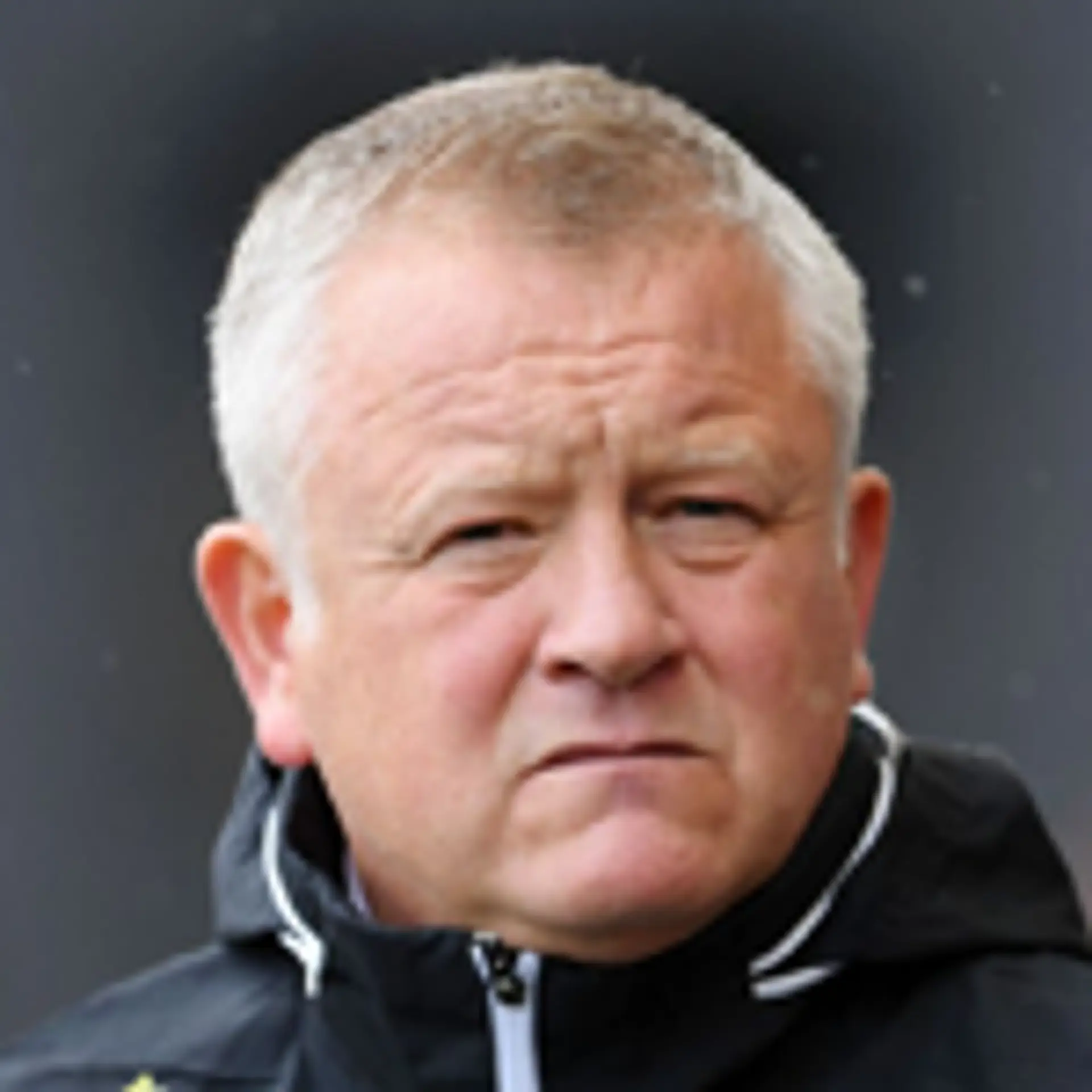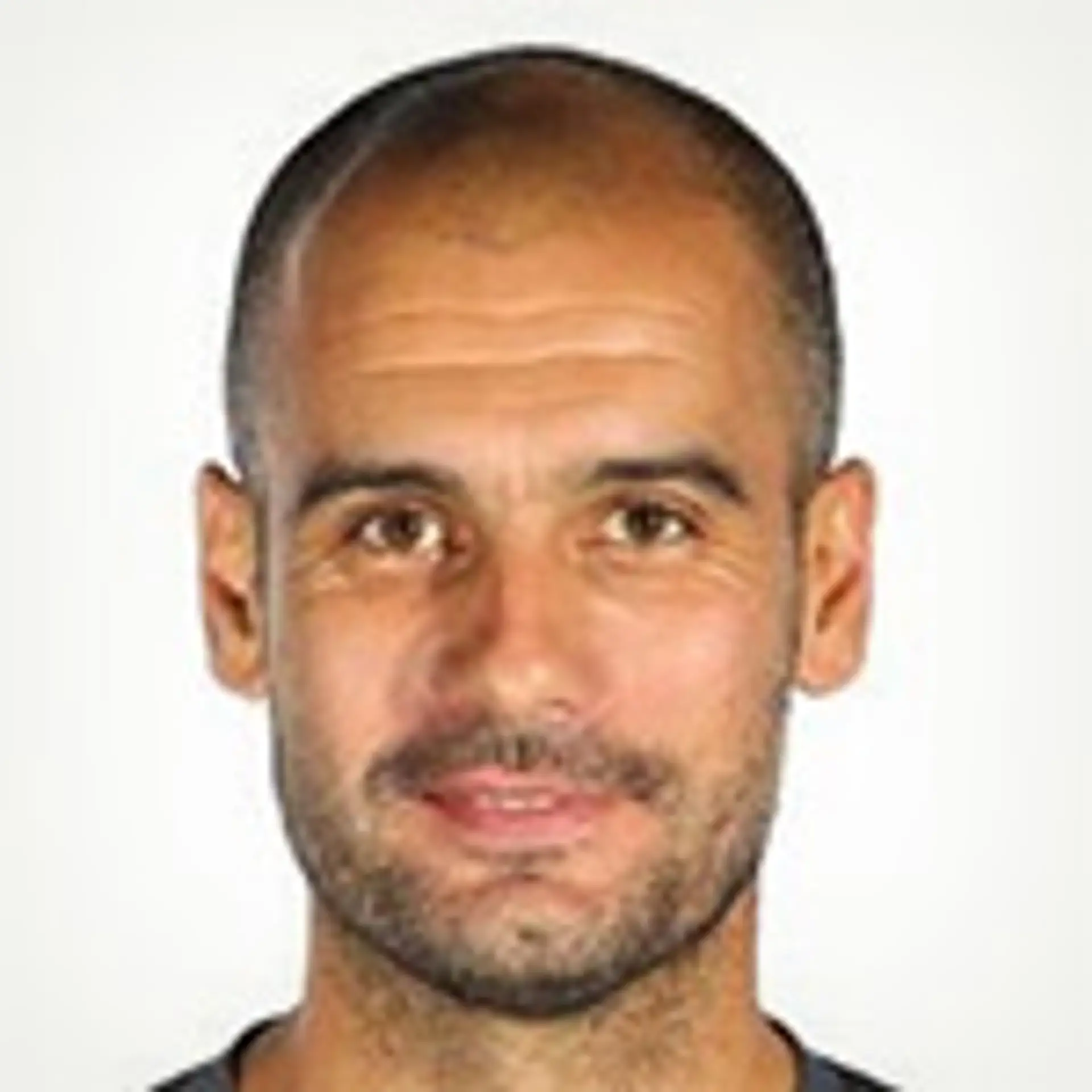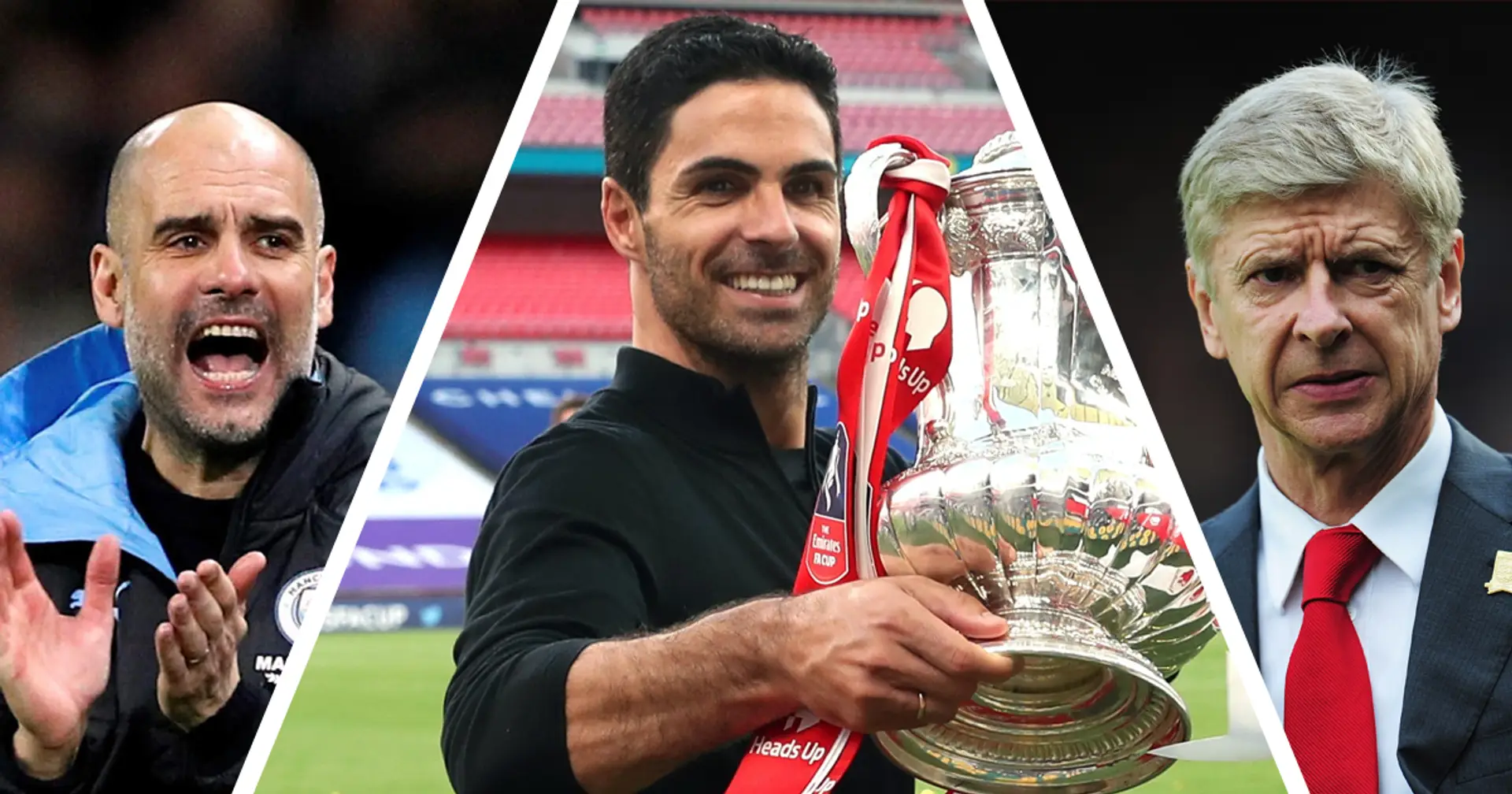
🔴 Pep Guardiola: Strategic use of overloads
If there is one thing all Guardiola's teams have in common, it's their use of overloads, or situations in the offensive phase when there are more attacking players than defenders.
Overloads happen naturally during counters but it's possible to create them artificially by forcing positional mistakes from opponents or by placing a lot of players in tight spaces.
In the build-up phase, Arsenal try to put more bodies in a particular area of the pitch, usually on the left. This leads to goalscoring chances if someone runs behind the defenders and gets a through ball from deep.
This strategy helps against sides defending deep (such as West Ham): Arsenal scored both of their goals in the Matchday 2 clash when Saka drifted infield, creating overloads in the left-centre channel.
🔴 Chris Wilder: Overlapping centre-backs
Kieran Tierney and, to a lesser extent, Sead Kolasinac are used in the left centre-back roles not because they're worse than Saka on Mailtand-Niles in wide areas. No, quite the contrary: it's precisely because they're good attacking players, they are placed at centre-back.
This is especially true for the Scotsman. An all-round player with great positional awareness, he transforms the team's attacks whenever he plays because of his ability to make overlapping runs.
When Arsenal are in possession and the ball gets closer to the left side, Tierney pushes higher up the pitch to join the attack while Xhaka drops deep to cover for him. Then, a left wing-back (Saka or Niles) goes into the left-centre channel while Kieran makes a run on the left side, almost hugging the touchline.
The Scot provides an extra passing option on the left, thus stretching the opposition's defence and taking their attention from other players.
Such intervention from Tierney proved instrumental in the Community Shield game against Liverpool. He didn't touch the ball when Auba scored, but his availability on the left confused the opposition defender and allowed Pierre-Emerick time and space to find the best angle to shoot from.
And it was Chris Wilder who brought the idea of overlapping centre-backs to the Premier League. In fact, Arteta started using it after trying to mirror Sheffield United's tactics in the FA Cup game against them back in June, when he tested an unorthodox 3-6-1 formation.
Arsenal's overlapping centre-back Tierney has a great rapport with Mikel:

🔴 David Moyes: adapting to opponents
You can't really say that Arteta is a reactive head coach as he wants Arsenal to play from the position of strength, trying to avoid being put on the back foot. However, the Spaniard meticulously prepares his side for each and every opponent, studying their tactics and players and relaying that information to his men.
Arteta's tendency to vary his approach depending on the opponent is especially evident in the starting line-ups. Arsenal do not have a pre-defined XI – players get their place based on training and individual qualities needed for the game in question.
When Arsenal need some creativity and magic, Bukayo Saka starts on the left; when we need a more physical player there, Ainsley Maitland-Niles gets the nod. Mo Elneny fits better when the Gunners need to keep the ball in the midfield while Dani Ceballos is a more appropriate option when we need to move the ball forward. There are many other duos like that (Nketiah or Lacazette, Cedric or Bellerin) – the boss likes shuffling his pack depending on the opposition.
This certainly comes from David Moyes. The current West Ham manager worked with Arteta at Everton for six years. Neither Moyes had a lot of money to spend, nor did he enjoy an abundance of talent at Goodison Park; yet he constantly delivered top-six finishes with the Toffees because of his ability to study the opponent and find the best solution to neutralise their strengths and exploit their weaknesses.
🔴 Maurizio Sarri: Effective possession
Back in the 2016-17 campaign, Sarri's Napoli were playing perhaps the most exciting brand of football in Europe. Arteta's Man City faced the Italians two times in the Champions League, defeating the Serie A side on both occasions, and Arteta had probably spent a lot of time analysing Napoli's playstyle in order to beat them.
He was certainly not alone as many other tacticians, including Guardiola and Klopp, admitted to studying Sarri's Napoli. And we believe Arteta did that, too – and now uses it to the benefit of Arsenal.
The shades of Sarrismo are evident when the Gunners switch from defence to attack. Instead of keeping the ball in the midfield or sending it backward, Arsenal try to move it forward. Arteta likes when his side is in possession, but he does not want ball control for the sake of it.
When Xhaka or Ceballos have the ball, they are looking for a progressive option to send it to. Be it an overlapping wide player, a lone striker or a winger cutting inside, there is at least one Gunner trying to attack empty space, asking for the ball with his hand raised.
And this is something characteristic of Sarri's Napoli: they were great at circulating the ball in the midfield but were always trying to put it forward in order to create overloads in the final third. This was a breath of fresh air when tiki-taka was still the craze of the day, and it is certainly something Arteta tries to re-create at Arsenal.
🔴 Arsene Wenger: freedom of expression
Arteta likes a rigid system where players know their positions on the pitch. He has been praised for his clarity when giving instructions to his players. Eddie Nketiah has the floor.
"[Arteta is] very specific and detailed in his coaching. He’ll take that extra time out to go one-on-one to go into depth and detail. It’s amazing to have him around. I’ve learnt so much from him already," said the striker in July.
Yet despite explaining to his players where and when they should be at on the pitch, Arteta affords them a great degree of individual freedom. The lads are free to express themselves – no matter if you're a trickery master Bukayo Saka, an unexpected nutmeg king Dani Ceballos or a keepie-uppie expert Rob Holdinginho, you can show off your skills for the better of the team.
This reminds of Arsene Wenger, who always liked players with certain flair in their game, footballers like Dennis Bergkamp, Nwankwo Kanu or Santi Cazorla, those who could elevate football from a sports game to fine art with one elegant touch.
And the fact that Arteta continues Wenger's tradition of a laissez-faire approach towards football magicians like Saka, Aubameyang or new recruit Willian, speaks volumes of Mikel and his understanding of the club's DNA.

🔴 Jurgen Klopp: Developing players
Mohamed Elneny is perhaps the latest proof that Arteta improves footballers at his disposal. The Egyptian midfielder was seen as the first candidate to leave Arsenal upon his return but had 3 confident displays against Liverpool, Fulham and Leicester. Stats show Mo has raised his performance compared to his time under Emery.
Apart from Elneny, players such as Mustafi, Xhaka, Maitland-Niles, David Luiz and Bellerin have greatly benefitted from working under Mikel, as their revivals last season were a sign of a cultural shift at the Emirates.
Arteta likes to work with his squad, helping even experienced footballers like World Cup winner Mustafi up their game.
And this is something similar to Jurgen Klopp, a man who turned a good goalie Alisson into the best keeper in the world, transformed former Queen's Park player Andy Robertson (not Queen's Park Rangers, Queen's Park from Scotland's fourth tier) into one of the best players in the world and changed the fortunes of Pierre-Emerick Aubameyang, helping him grow into a world-beater at Dortmund.
In just 9 months in charge of Arsenal, Arteta has established himself as one of the best talent developers in the Premier League, helping Bukayo Saka and Joe Willock and giving a chance to everyone else in his squad.







